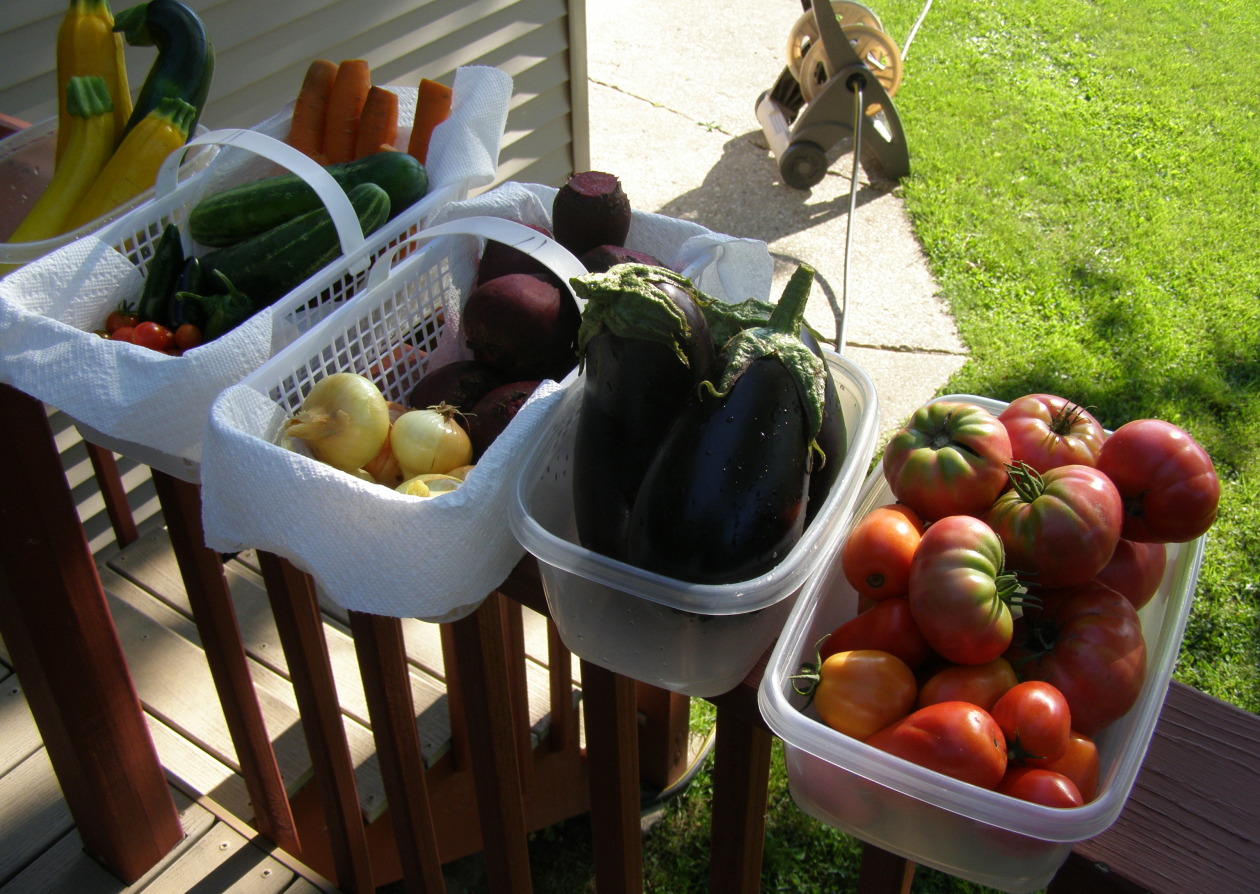So many health scares surrounding these healthful powerhouses. Don’t be afraid: every vegetable we consume raw always holds a risk of salmonella or E coli. Sprouts have a leg-up on this due to the seeds soaking in water. I’ve been making my own sprouts on and off for the last ten years, and I can confidently say, the sprouts have never been a source of illness for me. I use organic seeds, filtered water, and I religiously water and drain two or three times a day. Use your nose: If it doesn’t smell right, throw it away. Another level of safety I’ve adopted is, once the seeds have germinated and grown, I harvest the sprouts and soak them in filtered water for five minutes. This cleans and eliminates the seed casing which can make the sprout bitter. This last step makes for tastier sprouts too.
Since I started off this entry with the bad let’s move on to the good. Sprouts are nutritious vegetables packed with B, C, E and A vitamins(up to 15 times the original content). They are easier to digest and offer natural enzymes we don’t often get with their mature cousins. Don’t think of them just for salad–they add an extra layer of crunch to hot food as well as cold. Throw them in soups, smoothies, sandwiches or just munch on them. You don’t need special equipment to grow them; a jar with a muslin or cheesecloth cover will do the trick. You need need seeds and water and a little dedication-that’s it. I prefer a sprout starter, and to prove it, I’m on my third one, the Victorio VKP1014 4-Tray Kitchen Seed Sprouter. You water the first tray and the water runs down holes to the outer perimeter of the first tray to all of the trays below. The only caveat is you have to tip the trays a little to remove excess water. A great idea I read was to tip all of the trays like the leaning tower of pisa. They drain and receive a little air at the same time.
How pretty are those green sprouts! I did here what I swear never to do; I didn’t space out the growing-time. I recommend doing a tray every other day or so. It takes about 5-7 days for the sprouts to get this mature so plan ahead. If you alternate days for starting seeds, you won’t end up with a large harvest like this. Good thing the chickens like sprouts.
I’m cleaning the sprouts and separating them from the seed. Just throw them in the water and swish around a bit. The casings will stay behind in the water. Dry the sprouts the best you can before storage and clean the trays with soap and water before starting a new crop.
I’ve harvested all four trays and now I’m starting over. I have one tray of chick peas and another of a salad blend. The bigger seeds you will add 2-3 tablespoons and just a teaspoon or so of the small seeds. Don’t crowd the tray with seeds. I’ve purchased organic seeds from Amazon and another good source is The Sprout House. I found them just recently, and I was impressed with their sample packs and the quick shipping.
To start the growing process, just add water. They recommend soaking the seeds for quicker germination, but I skip this step. I add water to the first tray and it leaks down to the rest until the water is deposited in the bottom tray. The bottom is hole-free and is for collecting of water only–no growing sprouts in this. Be sure and alternate the position of your trays. The next time I water, I will move the salad blend to the top and the chick peas to the bottom. The bottom seed tray always seems to retain the most water so it’s important to alternate them. Water them at least twice a day, and you will have sprouts in 5-7 days. Pretty easy, wouldn’t you say? Excuse me while I dig-in to my hefty sprout harvest and throw some on the black bean burger I am having for dinner tonight.
